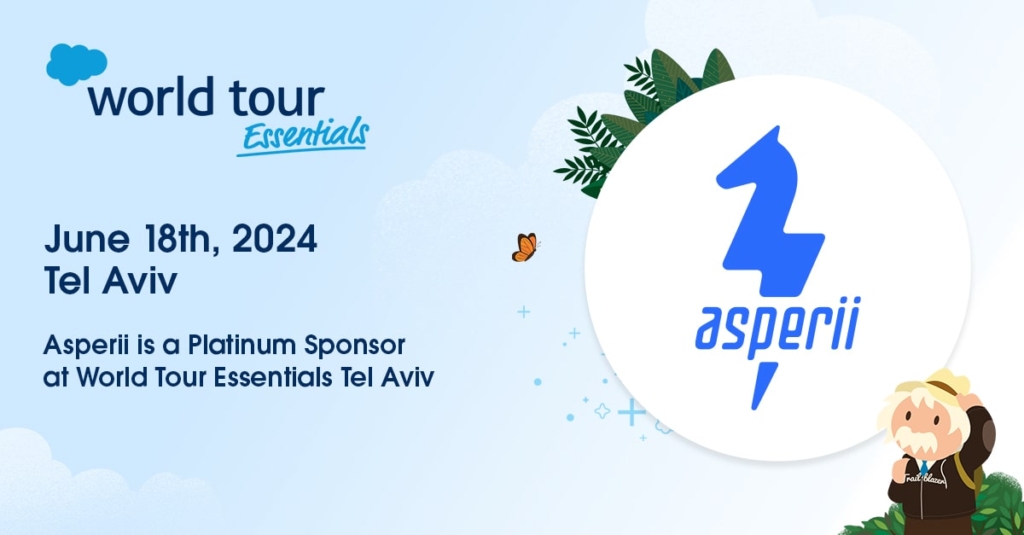After managing quite a few Agile projects, we’ve identified common challenges that arise in Agile projects and have developed strategies to help run a successful Agile project. In this article, we share our insights and practical tips for achieving customer satisfaction, effective communication, and transparent collaboration throughout the project’s life cycle.
When it comes to managing projects using Agile methodology, it’s important to understand that Agile means different things to different people. Each customer/vendor relationship is unique and requires a customized approach to fit their specific needs. However, there are certain expectations that most customers have when it comes to an Agile project, such as full transparency, short development cycles, opportunities for feedback and user testing, demos, frequent status updates, and burndown reports. These elements are essential for an Agile-friendly project, but some customers may also expect roadmaps and accurate milestone projections, which are less “Agile” in nature.
As the vendor, it’s important to keep the customer happy, trusting and satisfied while delivering a high-quality product. This can be achieved through effective expectation setting, communication, and transparency. At the start of the project, it’s essential to explain your methodology to the customer and how you plan to run the project.
Building a roadmap based on the knowledge you have on day one and sharing it with senior leadership and the customer can help set expectations and ensure everyone is on the same page. Agreeing on a measurement that works for both parties, such as hours, days, sprints, or Fibonacci points, can also help track progress and set goals.
It’s crucial to set the expectation that unforeseen issues and unplanned work will arise during the project, and that compromises may need to be made. It’s also important to involve the customer in the project as much as possible, from coding and configurations to deployment and delivery. Frequent demos and feedback sessions can help keep everyone on track and ensure the project is progressing as planned. It can also help the training process go a lot faster.
Explain that everything is possible, with a price or a change to schedule. If a new requirement comes up during a project, it could be potentially swapped with another, or it will affect the timeline and budget.
Regular meetings to update the status and roadmap can help address any blockers or unknowns that arise during the project, and it’s important to communicate any changes to the roadmap as soon as possible. Building a positive relationship between project managers and development teams can also help ensure the project runs smoothly and that all parties are working together towards a common goal.
Finally, letting the customer know that you will be there to train and support them throughout the entire project can help build trust and create a culture of collaboration.
In summary, while choosing an Agile methodology is an important step, effective communication, transparency, and expectation setting are key to a successful project. Building a collaborative and trusting relationship with the customer, involving them in the project as much as possible, and setting realistic expectations can help ensure the project is delivered on time and to a high standard.
Have a project in mind?


